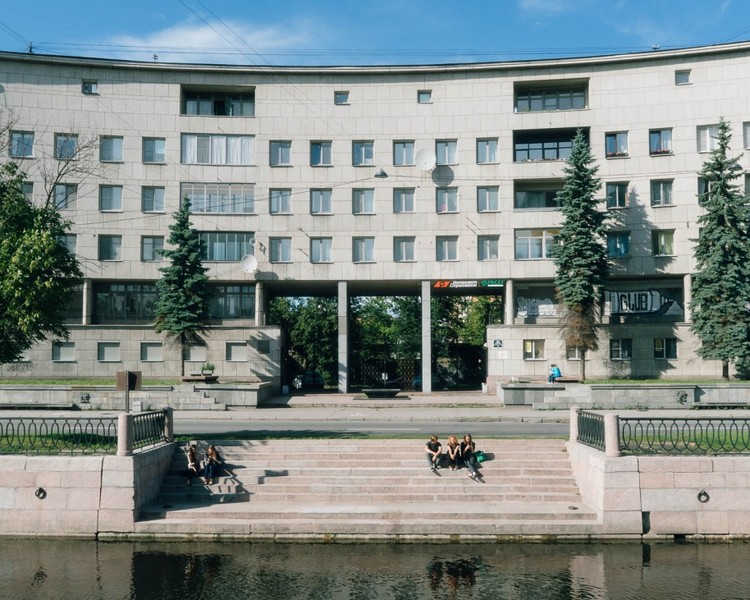In the early 20th century, Leningrad (now known as St. Petersburg) became a hub for avant-garde architecture, unleashing a wave of innovative designs that defied traditional norms and pushed the boundaries of architectural expression. This period of experimentation saw architects experimenting with abstract forms, new materials, and unconventional ideas to create buildings that were not only functional but also visually striking.
One of the most notable proponents of avant-garde architecture in Leningrad was Vladimir Tatlin. His most famous creation, the Monument to the Third International, is regarded as an icon of Russian constructivism. Designed in 1919-1920, this towering structure was intended to house government offices and serve as a symbol of communism. Its dynamic spiral shape embodied movement and progress while showcasing industrial materials like steel and glass.
Another significant figure in Leningrad’s avant-garde movement was Moisei Ginzburg. He played a pivotal role in shaping modernist architecture through his design philosophy based on functionality and rationality. Ginzburg’s Narkomfin Building exemplifies these principles with its communal living spaces aimed at promoting social interaction among residents.
Leningrad’s embrace of avant-garde architecture extended beyond individual buildings; it also influenced urban planning concepts during this era. The concept of “horizontal skyscrapers,” proposed by architect Nikolay Ladovsky, envisioned long linear structures housing residential units suspended above ground level on pylons or columns. Although never realized due to practical constraints, this idea challenged conventional notions about verticality in high-rise construction.
The constructivist vision for Leningrad was further advanced by collective housing projects like the Blockade Communal House designed by Alexander Nikolsky in 1932-1933. With its distinctive stepped terraces and interconnected apartments intended for communal living arrangements, this building exemplified the ideals of collectivism prevalent at that time.
While many avant-garde structures were celebrated for their innovative designs, others faced criticism and controversy. The Melnikov House, designed by Konstantin Melnikov in 1927, was a striking example of avant-garde architecture with its hexagonal windows and asymmetrical layout. However, it also challenged traditional notions of living space and functionality, leading to its eventual confiscation by the Soviet government.
Sadly, much of Leningrad’s avant-garde architecture was met with resistance or fell victim to changing political tides. As Stalinist policies gained prominence in the late 1930s, many architects were forced to abandon their experimental styles in favor of more conservative approaches. The legacy of this brief but influential period would not be fully appreciated until decades later when these architectural marvels began to regain recognition for their groundbreaking designs.
Today, despite some losses and alterations over time, Leningrad’s avant-garde buildings continue to captivate visitors with their bold forms and revolutionary ideas. These structures serve as a testament to the creative spirit that once flourished within the city’s architectural landscape. As we explore these remnants of a bygone era, we are reminded of the importance of embracing innovation and pushing boundaries in our own quest for progress.
In conclusion, Leningrad’s avant-garde architecture stands as a testimony to an extraordinary period in history when architects dared to dream beyond convention. Through their visionary designs and radical ideas, they left an indelible mark on the cityscape while inspiring future generations of architects around the world. Today, these architectural gems serve as reminders that true innovation lies in challenging norms and imagining possibilities yet unseen.

Leave a comment